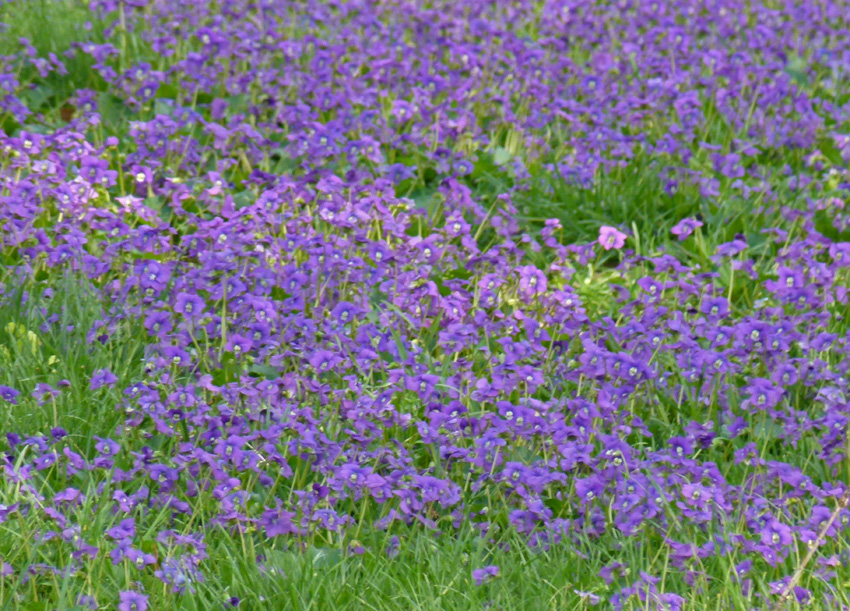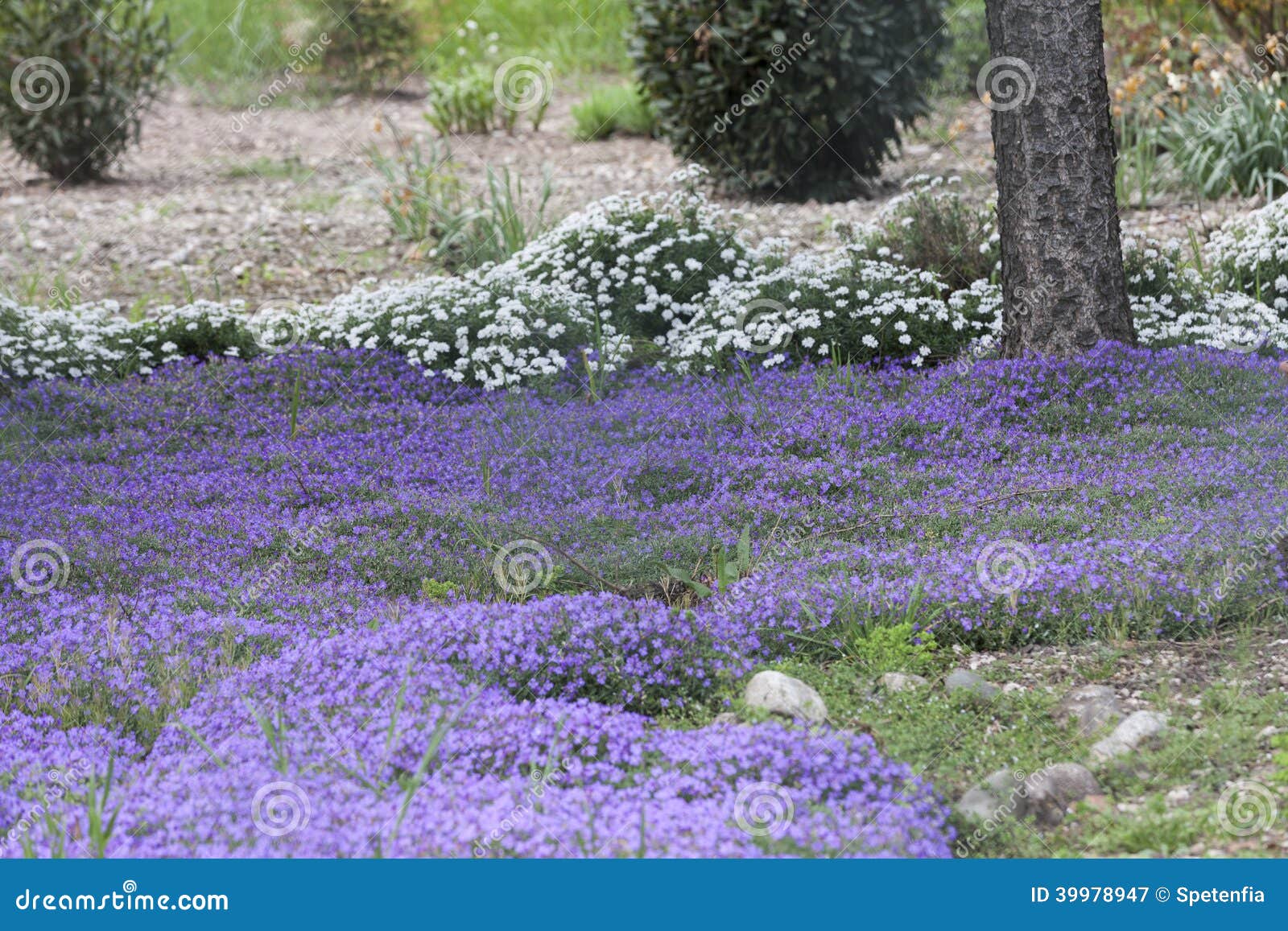

Purple deadnettle usually grows low to the ground. And closer examination reveals a covering of fine hair. The leaves are arranged opposite each other. And unlike henbit, the leaves aren’t attached to the central stem directly. But the heart-shaped leaves have a gentler scalloping at the margins. But there are differences when you know what to look for. Purple deadnettle is a weed in the mint family that’s sometimes mistaken for Henbit. See our advice on the best weed killers for lawns. These are absorbed by the plant and kill it from the inside including the roots.Īnd if you’re using it on grass, make sure it’s selective for broadleaf weeds so it won’t cause harm. It’s also important to choose a systemic weed killer. The easiest way to get rid of this creeping weed with purple flowers is to use a post-emergent weed killer that can tackle broadleaf weeds.īut make sure the product specifies its use for creeping charlie because not all broadleaf weed killers can do the job. But this often takes a number of attempts to completely eradicate the plant. If you catch small patches of the plant early in the spring, then it can be worth having a go at hand pulling it. Because even after you dig it out of the soil, leaving any part of its rhizomes behind allows the plant to regrow. It spreads from rhizomes, stems that can root, and seeds. Leaving no room for weeds to become established. So to keep it away it’s a good idea to regularly mow, fertilize, and water your lawn to help it grow thick and strong. It’s important to know that creeping charlie finds it easiest to colonize lawns that aren’t well cared for. And you can see the blueish-purple flowers along the stem when it blooms in spring. Leaves grow in opposite pairs on either side of the stem attached to a node. Other distinguishing features that can help you identify it include a square stem and bright green leaves with scalloped edges, either kidney-shaped or round. It grows low to the ground, usually about 1 inch high, and quickly forms a dense mat of leaves and stems as it spreads. Creeping Charlie (Glechoma hederacea)Ī common nuisance in gardens, if you’ve got a purple-flowered weed taking over your lawn then there’s a good chance that this is the culprit.Īlso called ground ivy, creeping charlie is a common broadleaf weed that can quickly take over your yard if you leave it. If the seeds have already dispersed around your yard, then you can use a pre-emergent herbicide in the early fall to prevent germination. Making sure to carefully dispose of all parts to prevent regrowth. If you find the plant while it’s still growing, then another method you can use is to pull it out by hand.

The herbicide probably won’t be effective in preventing seed dispersal. If the plant is already flowering, then it’s too late. So using a herbicide in early spring to kill the plant is the best way to prevent seed production. Seed dispersal occurs after it flowers in late spring.

So the key to controlling it is early identification.

Whereas the leaves lower down grow on stalks. If it’s henbit, you’ll notice the leaves further up the plant are attached to the upper stem. On the upper leaf surface, the veins are depressed, which creates a wrinkled appearance. And the edges have distinctive rounded teeth. The leaves come in opposite pairs and are heart-shaped or rounded, with deep lobes. With occasional rooting at the lower nodes. If you look closely, you’ll see the green stems have a square shape. Here are some things to look out for to distinguish it from other weeds: But if your lawn is thin and weak, then it has a chance to take hold. If you’ve found a weed with purple flowers infesting your healthy lawn, then it probably isn’t henbit. It’s not unusual to find it growing around buildings, fallow areas, fields, or around your yard. It’s also one of the most well-known purple flowering weeds. Henbit is an edible weed that takes its name from its popularity with chickens. There are many weeds with purple flowers, these are some of the ones you’re most likely to stumble across: Henbit (Lamium amplexicaule) Dove’s-Foot Crane’s-Bill (Geranium molle) What Are The Weeds With Purple Flowers Called?


 0 kommentar(er)
0 kommentar(er)
